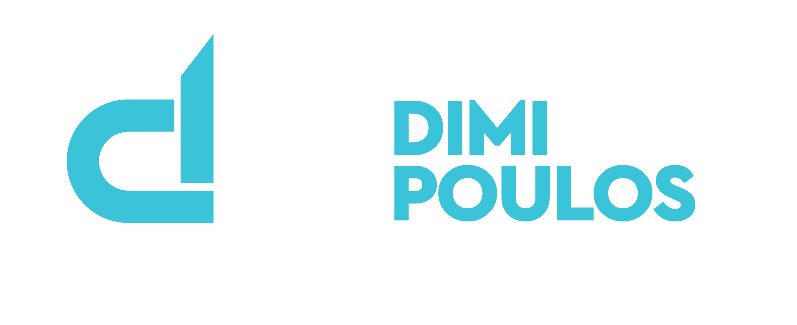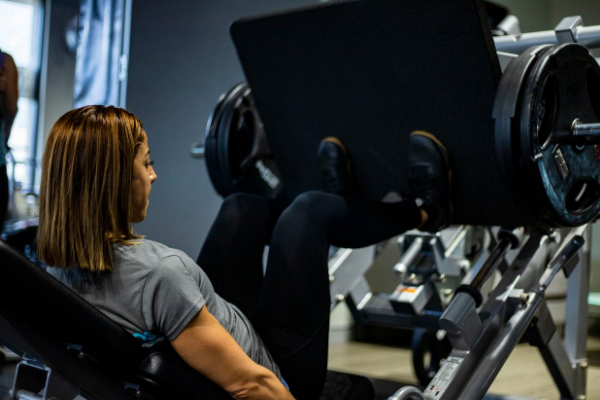What if there was a way to manipulate your training and nutrition to work with you during menstruation, rather than against you? You can benefit your progress and training by doing the right exercise in your menstrual cycle, optimising the hormonal changes that occur during this time.
A Menstrual Cycle Workout Plan
Let’s look at the stages of a menstrual cycle and what happens to the body during the various phases:
1. Follicular Phase: Days 1 to 14
Estrogen is high.
Insulin sensitivity is high.
Pain tolerance is high.
Basal metabolic rate (BMR) is low.
Because estrogen levels are high during this stage, there is an increase in tendon laxity, making susceptibility to injury higher. This is especially true for those participating in contact sports or exercises that require rapid changes in direction.
However, this does not mean we reduce training load or intensity. In fact, in this phase, tolerance to pain is heightened. The body will perform well under higher intensity and higher volume bouts of activity.
Endurance and high volume style workouts will be beneficial in this phase, as your body utilises carbohydrates better due to the increase in insulin sensitivity.
Due to your BMR being low, the increase in training load and intensity — combined with the improved utilisation of muscle glycogen — makes up for the reduction in your resting metabolic rate during this phase.
2. Ovulation Phase: Day 14 (approx)
Estrogen is at its highest.
Insulin sensitivity starts to decline.
BMR begins to increase again.
Slight surge in testosterone.
At this point, your ability to produce force and generate power is at its highest. This is a good time to utilise high intensity and lower volume style training methods, or even go for a personal best lift.
Your BMR is starting to climb again, and you will start to feel a little more hungry. Now is the time to balance your macronutrients evenly and reduce carbohydrate intake slightly.
Susceptibility to injury is at its highest, due to the high levels of estrogen — so choose training modalities wisely. Opt for more singular plane movements that are easier to control, rather than those involving repeated bouts of change in direction.
3. Luteal Phase: Days 15 to 28
Progesterone is high.
Insulin sensitivity is low.
Serotonin (“happy hormone”) will be low.
The body will use fat better.
BMR is higher than in other phases.
Your BMR will be high in this phase, but insulin sensitivity is low, so be aware of carbohydrate intake. You may get cravings and feel hungrier than usual, but because serotonin is low, your body is looking for that high.
The body will benefit if you eat more fats than carbohydrates, because insulin sensitivity is high at this point. Readjusting your calories to a lower carbohydrate and higher fat intake will serve you better.
Opt for more lower intensity cardio style workouts at this phase. Therefore, if your training is predominately in the weight room, now is a good time to take a deload and reduce overall volume load and intensity.
4. Menstruation Phase
BMR is at its lowest.
Sensitivity to insulin begins to increase again.
Slight rise in testosterone.
Body balances back out to normal levels.
At this point, your body begins the process back to normality as you have your period. Now’s the time to increase your training load and intensity once again, returning to normal exercise and weight training during periods
Conclusion
Now you have more knowledge on the best exercise regime to follow at different stages of your menstrual cycle, you can maximise the effectiveness of your training. The intensity of your gym workout during periods and in the follicular phase should be high, reducing slightly during the ovulation and luteal stages.

